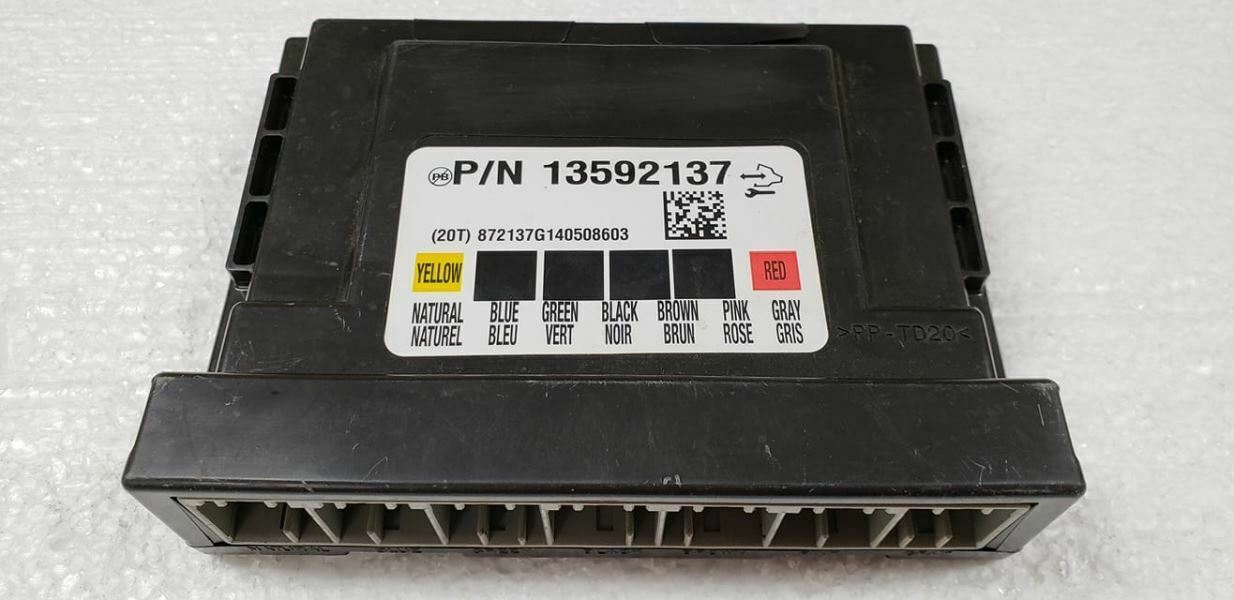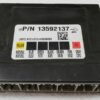Restore Full Functionality to Your GM Vehicle
Is your 2015 GMC Sierra, Chevy Silverado, or other compatible GM vehicle experiencing bizarre electrical problems? Flickering lights, malfunctioning power windows, a security system that won’t cooperate, or random warning messages on the dash are all classic signs of a failing Body Control Module (BCM). The BCM is the central nervous system for your vehicle’s body electronics, and when it fails, it can create a cascade of frustrating and seemingly unrelated issues. Simply swapping it with a used one won’t work due to the vehicle-specific security and options data stored within. This is where our expert programming service comes in.
We provide a reliable, plug-and-play solution. You send us your original BCM, and our technicians will professionally transfer all the critical data—including VIN, mileage, key information, and specific options—to a replacement unit. We then ship the fully programmed module back to you, ready for installation without any need for expensive dealer programming. This service saves you time, money, and the headache of dealing with VIN-locked components.
Expert Pro Tip
Expert Pro Tip
Before condemning your BCM, always perform a full electrical system check. A weak battery, poor battery terminal connections, or a faulty ground strap can cause voltage drops that mimic BCM failure. Ensure your battery is fully charged and load-tested, and check the main chassis and engine grounds for corrosion or looseness. This simple step can save you from a misdiagnosis.
Symptoms of a Failing 2015 Sierra BCM
- ✔ Intermittent or non-functional interior/exterior lights (headlights, dome lights, dash lights).
- ✔ Power windows, door locks, or mirrors behaving erratically or not working at all.
- ✔ The security system or keyless entry system failing to operate correctly.
- ✔ False warnings appearing on the instrument cluster (e.g., ‘Service Theft Deterrent System’).
- ✔ Horn honking unexpectedly or not working when pressed.
- ✔ Wipers activating on their own or not responding to the switch.
- ✔ Communication issues with other modules, leading to various diagnostic trouble codes (DTCs).
How Our Simple Mail-In Service Works
Our process is designed to be as straightforward as possible to get you back on the road quickly.
- Place Your Order: Complete your purchase through our secure checkout. Ensure your contact information is accurate.
- We Contact You: After your order is placed, our team will reach out with detailed instructions and the shipping address for you to send your original BCM.
- Ship Your Module: Carefully package your original BCM and ship it to us using a trackable service.
- We Program Your Replacement: Upon arrival, our technicians will meticulously transfer the data from your original module to the replacement BCM. This process typically takes 1-2 business days.
- Receive Your Ready-to-Install Part: We ship the programmed BCM back to you. Once you receive it, simply install it in your vehicle. In most cases, it’s a direct plug-and-play installation.
Post-Installation Procedures
While our goal is a seamless installation, some GM vehicles may require a simple relearn procedure after the new BCM is connected. These do not require a trip to the dealer but may necessitate a professional diagnostic tool.
- Airbag System Sync: If the airbag warning light is illuminated after installation, a ‘Setup SDM Primary Key in BCM’ procedure is needed to sync the systems. This is only required if the light is on.
- Brake Pedal Position Relearn: On some models, a brake pedal position sensor recalibration might be necessary for proper brake light and traction control function.
Always consult a factory service manual or a qualified technician for vehicle-specific guidance.
Frequently Asked Questions
Expert Pro Tip
Before condemning your BCM, always perform a full electrical system check. A weak battery, poor battery terminal connections, or a faulty ground strap can cause voltage drops that mimic BCM failure. Ensure your battery is fully charged and load-tested, and check the main chassis and engine grounds for corrosion or looseness. This simple step can save you from a misdiagnosis.


